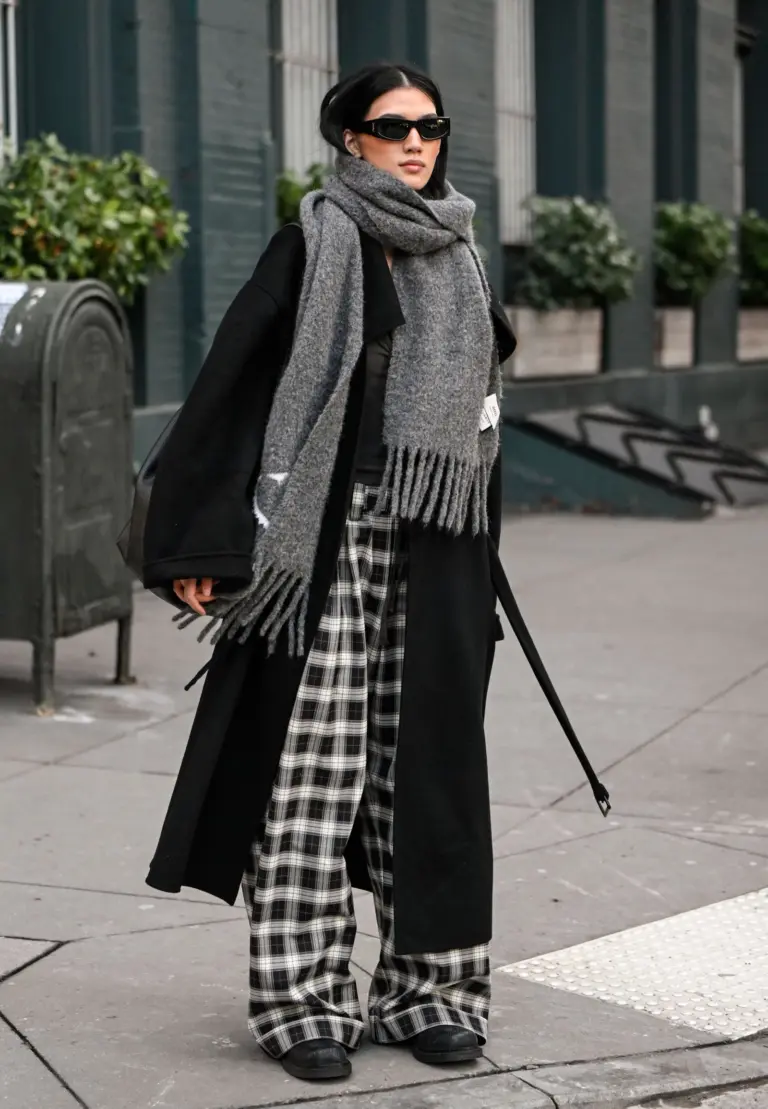Due to his groundbreaking approach to apparel and renowned, ample shapes rendered in black, Yohji Yamamoto has risen to prominence as a representation of the quest for self-expression and the resistance against conventions within the fashion landscape. It is frequently remarked that his garments “aren’t for everyone,” implying that to truly embody Yohji Yamamoto’s designs, one must share a kindred perception of the world with their originator. As the celebrated Japanese designer approaches his 82nd birthday on October 3rd, Vogue.ua delves into the factors that contributed to his triumph.
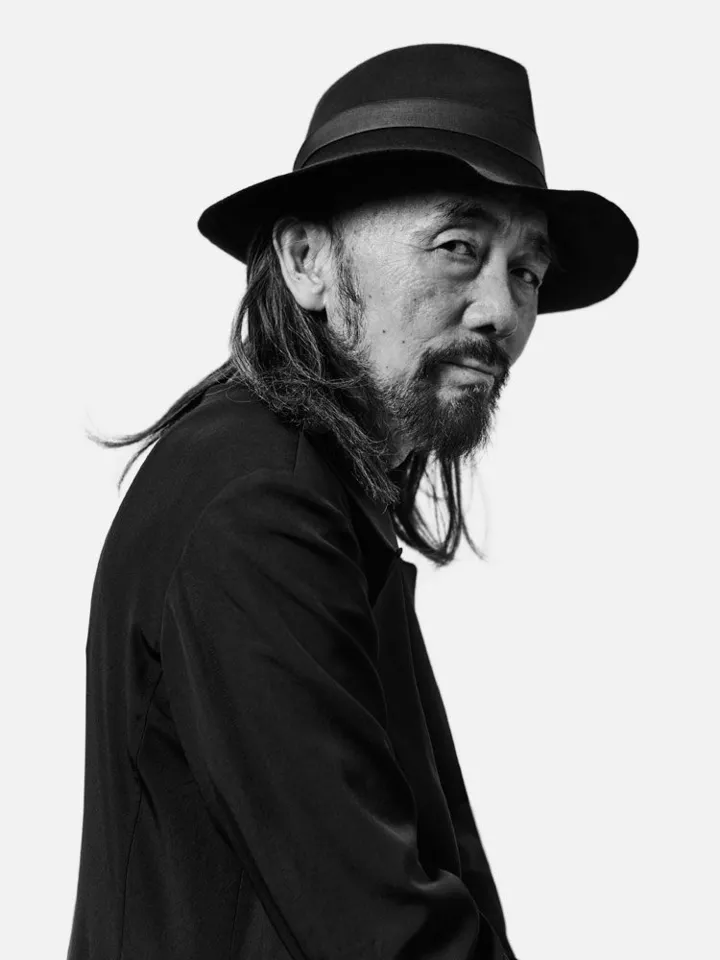
Yohji Yamamoto’s life began in Tokyo in 1943, amidst the height of the Second World War. The loss of his father in combat, coupled with the events in Hiroshima and Nagasaki, deeply influenced the future designer’s global outlook, absorbing the severe consequences of conflict: sorrow, privation, and hopelessness. “Even at the age of three or four, I was already aware that life would present considerable challenges,” Yamamoto reflects. “I understood the need to fight and safeguard my mother.” The reality of Yohji being the sole offspring of a war widow shaped his societal observations: “Gaining insights from a woman’s vantage point, I believe, was my predetermined course, enabling my present endeavors.”
Advertising. 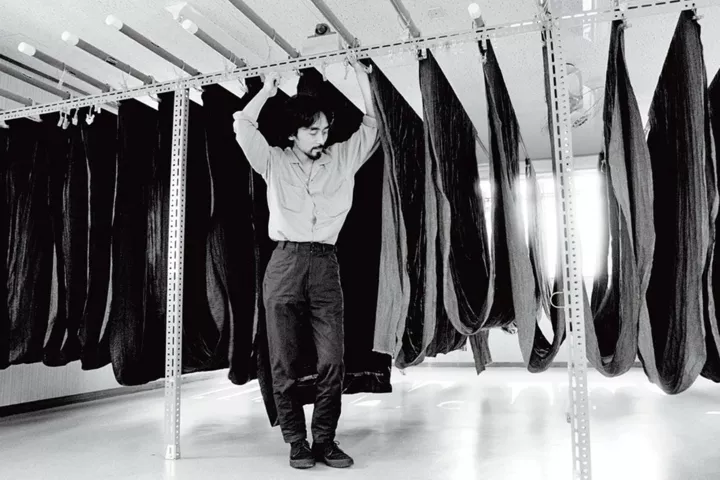
Initially, Yamamoto had no intention of pursuing a career in design, even contemplating a path in law. After completing his studies at Tokyo’s Keio University law faculty, he enrolled in the renowned Japanese fashion institution, Bunka Gakuen. This school not only established the groundwork for his mother’s vocation as a seamstress but also nurtured a roster of accomplished alumni, including Issey Miyake and Kenzo Takada, rivaling Yamamoto’s own achievements.
At 26, Yohji ventured to Paris, a hub of thriving haute couture at that time, with the market dominated by the outlines of Christian Dior, Chanel, and Balenciaga. The aspiring designer sought opportunities in the fashion realm, yet his concepts sharply diverged from contemporary trends, resulting in rejection from all fashion houses. Yamamoto was compelled to return to Japan, where, unexpectedly, his innovative wide cloaks gained popularity among buyers, rapidly selling out. By 1977, he unveiled his inaugural collection in Tokyo.
In the early 1980s, the Yohji Yamamoto brand emerged onto the European scene, presenting an alternative to the era’s hyper-sensual, visually extravagant styles. The label garnered recognition with its 1981 collection showcased in Paris. Models graced the runway without cosmetics, dressed in asymmetrical black attire and sturdy footwear. The prevalence of black, the simplicity of the silhouettes, deconstruction, and layering startled an audience acclimated to a profusion of colors, prominent shoulder pads, and towering heels.
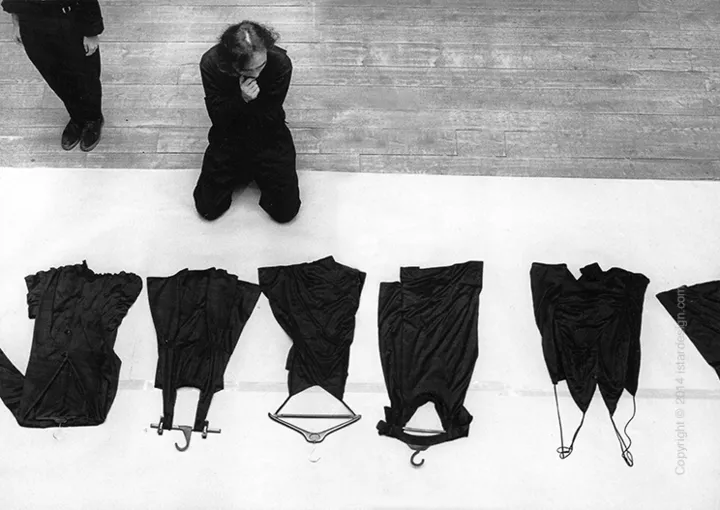
Notably, black holds a special place as Yamamoto’s preferred hue, dismissing others as superfluous. “My sole interests lie in texture and geometry,” the master asserts. Within Yohji Yamamoto’s designs resides a certain darkness palpable in the garments’ aesthetics. His deep-seated affinity for this color stems from a formative childhood tragedy that continues to influence his creative approach. Following his father’s demise, his mother exclusively wore black. While the designer occasionally “deviates” from his beloved black, such instances remain infrequent.
In collaboration with Rei Kawakubo, Yamamoto defied established notions of color and silhouette that held sway over the fashion industry. Thanks to these visionaries, black’s perception shifted from gloomy and somber. Moreover, Yamamoto stood apart as one of the few designers of the 1980s who opposed the prevailing aggressive sensuality dominating the era’s catwalks. He posited that concealed elements held greater allure than overt exposure. “The essence of sexuality lies in its concealment,” Yohji elucidates. “To me, a woman engrossed in her pursuits, unconcerned with pleasing others, embodying both strength and gentleness, possesses far greater appeal. Her efforts to veil her femininity only amplify its presence in her way of life.”
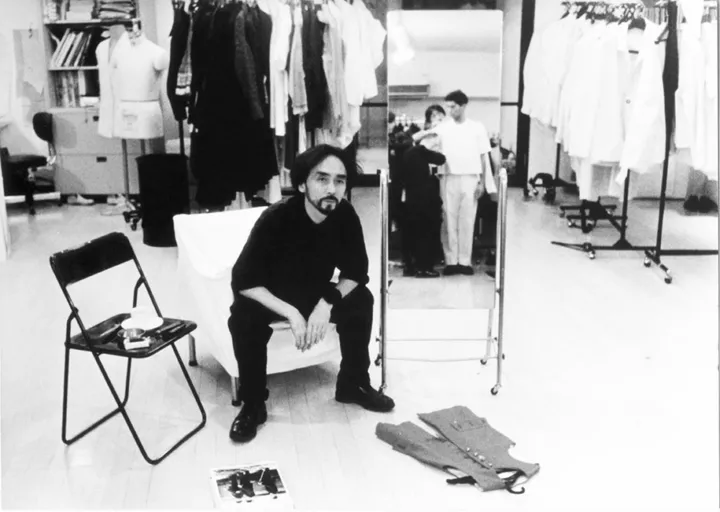
Each Yohji creation emanates a distinct character. Eschewing mainstream trends, the designer remains unmoved by the appeal of form-fitting dresses, constricted waists, and towering heels. A woman adorned in Yohji Yamamoto’s attire embodies, above all, individuality. The synthesis of Eastern and Western customs yields creations that defy temporal constraints and prevailing fashions. Notwithstanding the modernity and even “futuristic” flair of the images fashioned by the master, he nearly always integrates time-honored techniques, at least partially, safeguarding ancient traditions from oblivion. In crafting his “couture for the homeless,” he frequently engages artisans still proficient in archaic manual methods: artisanal weaving, fabric dyeing, meticulous hand embroidery, and pleating.

Yamamoto articulates within his garments a fusion of Japanese wabi sabi principles (a fundamental aspect of the Japanese aesthetic perspective: “wabi” denotes modesty, solitude, and understated elegance infused with inner fortitude; “sabi” signifies antiquity, authenticity, and genuineness) alongside Western forms, giving rise to designs notably divergent from contemporary fashions.
Yamamoto’s clothing often adopts a closed, loose-fitting style, contrasting with the prevalent silhouettes presented by other designers. Frequently, his creations draw comparisons to the attire of vagrants or the unhoused, attributed to both the relaxed cuts and unadorned, coarse textiles. “My role in all of this is rather straightforward,” he states. “I fashion clothing akin to armor, safeguarding you from unwelcome gazes.”




